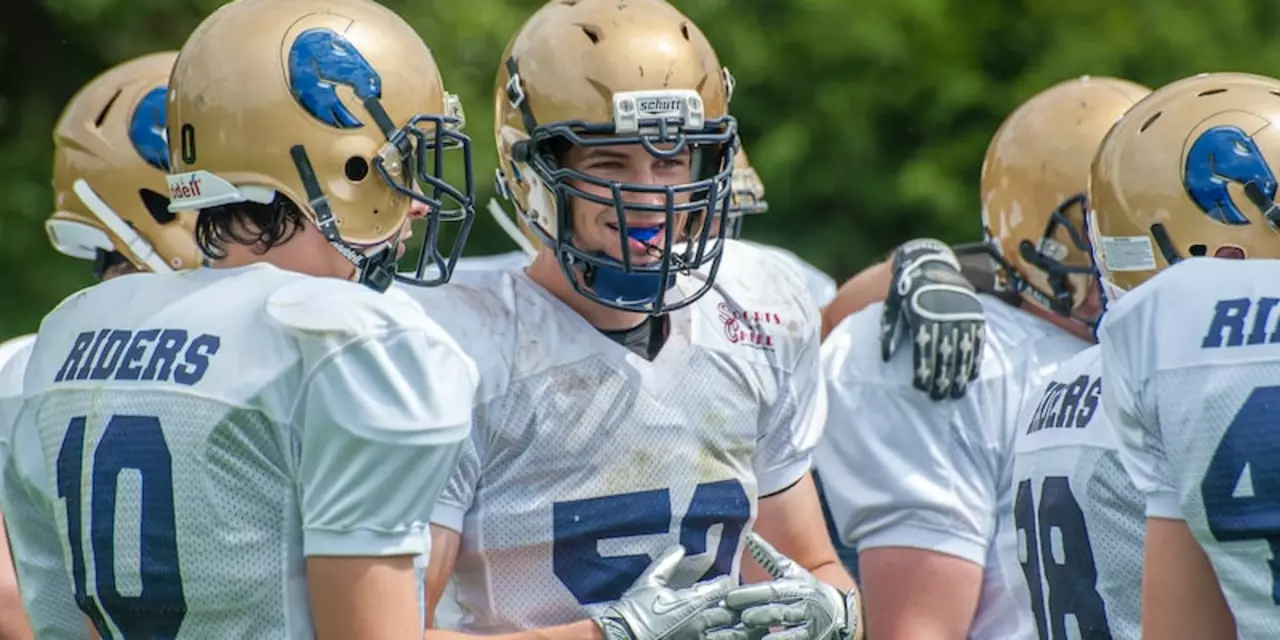Sports Participation – Why Getting Involved Matters
When we talk about Participation, the act of taking part in a sport or athletic activity. Also known as involvement, it fuels personal growth, team success and community pride.
One of the biggest drivers of athlete engagement, the ongoing commitment of players to train, compete and improve is regular practice. For example, NFL teams schedule three to four sessions per week during the season, but ramp up to daily drills in the preseason. This pattern shows the semantic link: Participation requires consistent practice. When athletes show up, they build muscle memory, confidence, and the collective rhythm that leads to wins – whether it’s Lautaro Martínez’s brace for Inter Milan or a local swimmer mastering a new stroke.
Another key piece is community involvement, the way neighborhoods, schools and clubs support and encourage sport. Boston’s disproportionate success across baseball, football, basketball and hockey proves that a strong fan base, quality coaching and local pride create a feedback loop: more participation fuels better performance, which in turn draws more spectators. The semantic triple here is Community involvement enhances sports participation. This principle shows up in Kolkata’s top swimming spot, the Calcutta Swimming Club, where well‑maintained pools and experienced instructors turn curious beginners into confident swimmers.
How Participation Shapes Different Sports
In football, the rise of the sporting director illustrates how strategic participation off the pitch matters. Figures like Monchi and Dan Ashworth shape recruitment, training schedules and long‑term vision. Their work demonstrates that participation extends beyond players to staff roles that influence team outcomes. Likewise, college programs such as Marist College compete in the Pioneer Football League, where student‑athletes balance academics and intense practice schedules. Their involvement highlights that participation can coexist with other life commitments.
Swimming offers another angle. Tinted goggles, for instance, help swimmers reduce glare and focus on technique, making every lap count. When athletes participate with proper gear, they experience clearer vision, lower eye strain and better performance. This creates the connection: Equipment choice improves participation quality. Whether you’re training for a local meet or aiming for international standards, the right tools turn effort into results.
Even the biggest spectacles, like the Super Bowl, hinge on mass participation—fans filling stadiums, players delivering their best, and broadcasters delivering the show. Rumors about fixing the game underscore how fragile the trust in participation can be; without genuine involvement, the excitement fades. The reality is simple: the more authentic the participation, the richer the experience for everyone.
Across all these examples, a common thread emerges: sports participation is the foundation that links athletes, coaches, fans and infrastructure. It drives skill development, fuels competition, and builds community identity. Below you’ll find a curated set of articles that dive deeper into each of these facets—from NFL practice routines to the secrets behind Boston’s winning culture, from the role of sporting directors to the best places to learn swimming. Explore the collection to see how participation lives in every corner of the sports world and how you can tap into it for your own growth.
Should I play a sport in high school even if I might not like it?
Playing a sport in high school can be a great way to stay active, make friends and learn important teamwork skills. However, if you don’t particularly enjoy the sport, it can be hard to stay motivated. It is important to consider the different benefits of playing a sport before deciding whether or not to play. It is ok to take some time away from the sport and reevaluate your feelings towards it, or to try a different sport to find one that is more enjoyable. Ultimately, it is up to the individual to decide if they should play a sport in high school.
